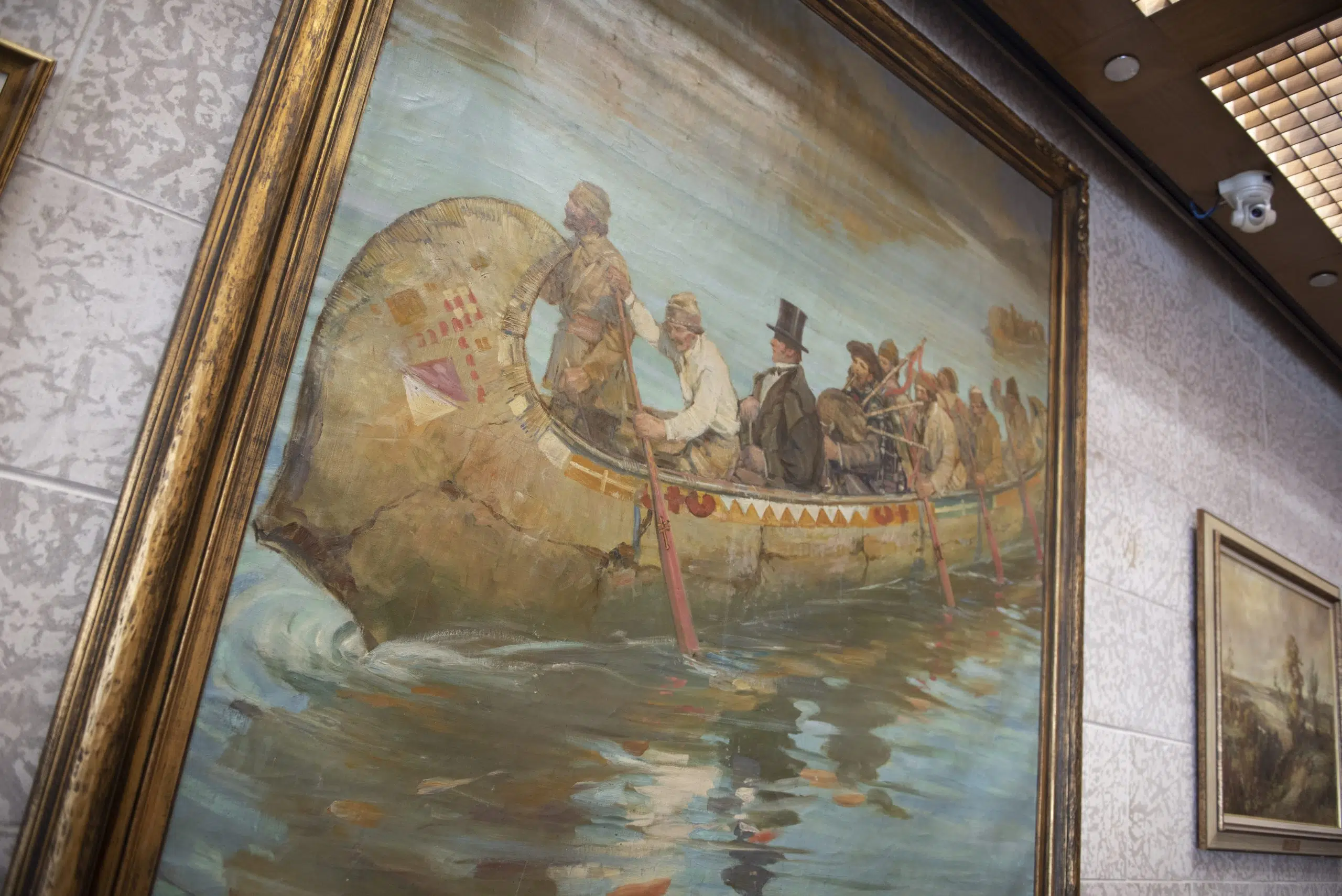
A look at the public art inside City Hall
Dozens of employees and citizens each day pass by artwork displayed along the corridors of City Hall as they mill about their business.
Some pieces date back a century and are the last remaining works by the artists, while others recognize iconic moments in the city’s history, like the Olympic torch relay in 2010.
paNOW took a tour of the artwork inside City Hall with Arts and Cultural Coordinator Judy MacLeod Campbell to learn more about the creative content in the public domain.
Up first was Council Chambers, which houses a multitude of significant works and some of the city’s most prized pieces.


